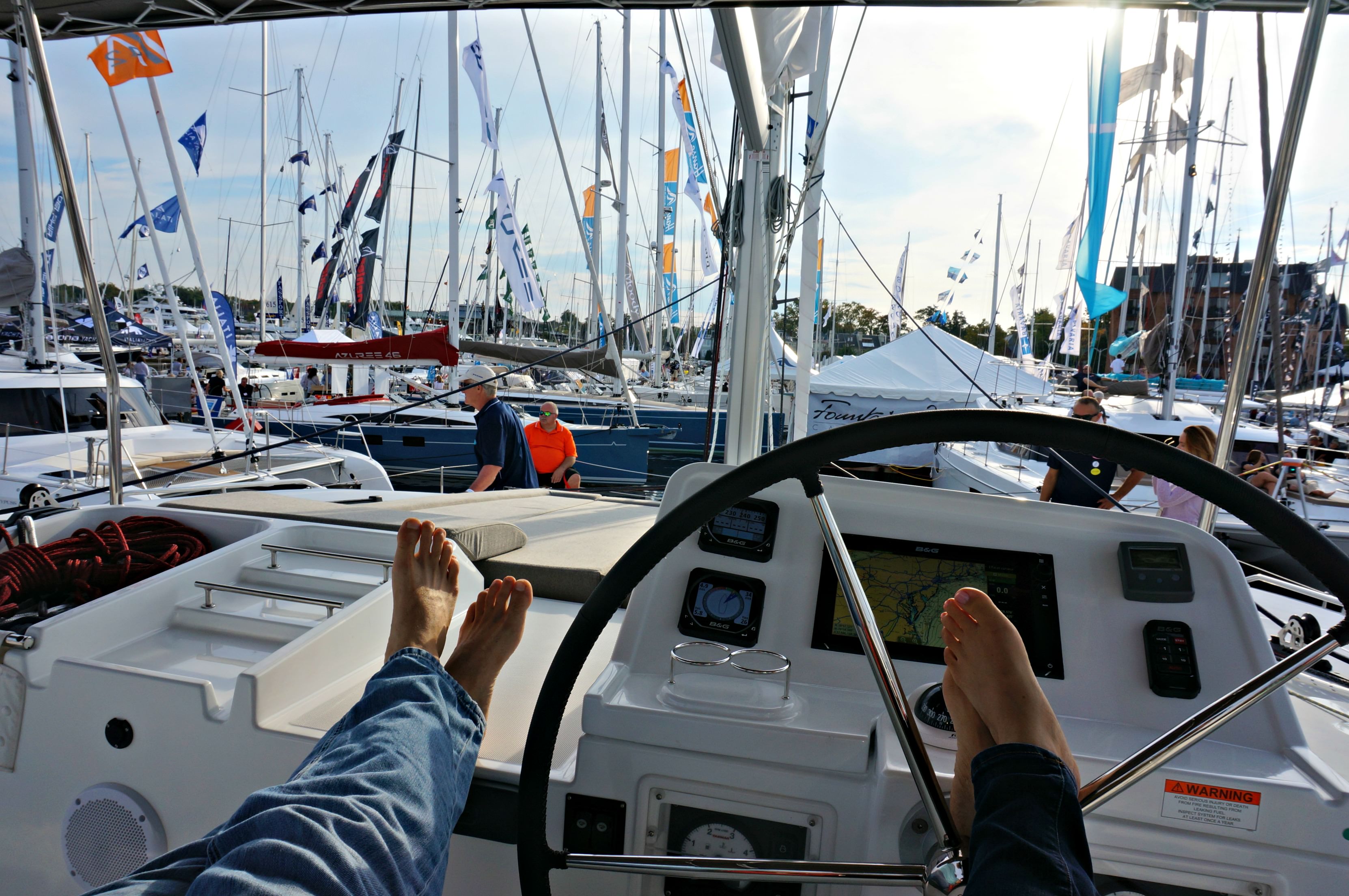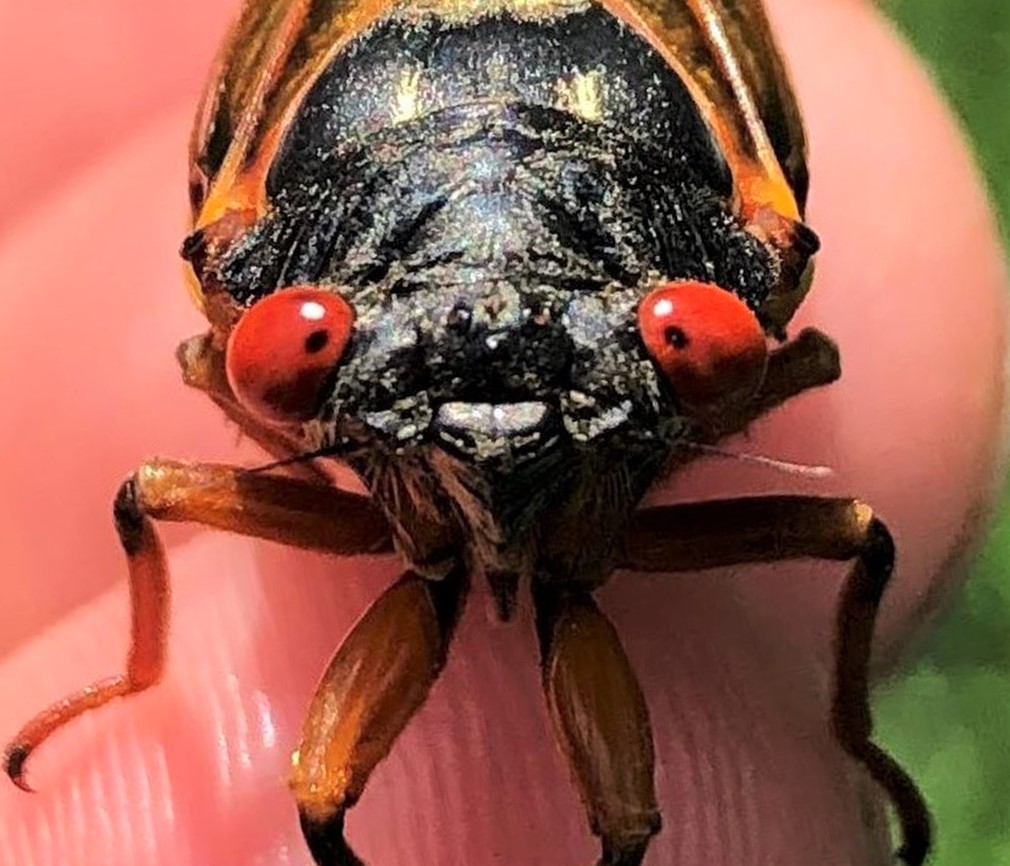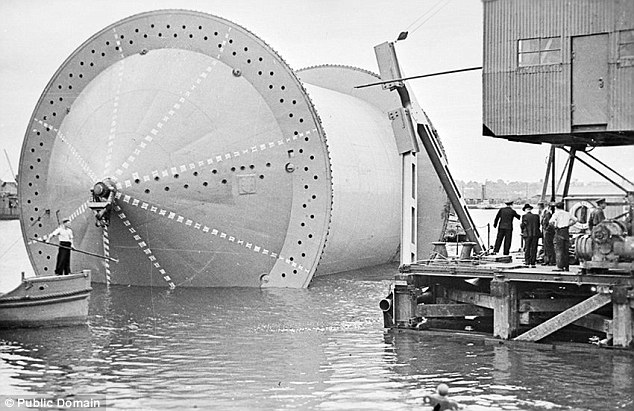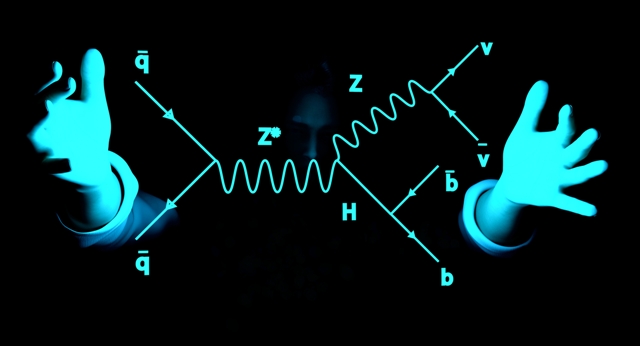
I can safely say that I have never Twitched, nor have I ever been tempted to become a Twitcher. But I will admit to being a bit of a birder, albeit only within the grounds of my estate in Annapolis, where seven bird feeders attract over thirty species of birds over the course of a year. So what exactly is a Twitcher, and should we be wary of them?
Twitching, which Wikipedia defines as “the pursuit of a previously located rare bird” is the preserve of fanatics who’s seemingly sole purpose in life is to seek and locate the rarest of rare birds and then proceed to tick them off a list. This, apparently gives them some sense of greatness in their world, but to most regular birders, Twitchers are frowned upon as being nothing more than inconsiderate glory hunters.
For those with Twitchering aspirations, there is some excellent advice to be found in Sibly’s Bird East book. While browsing this indispensible birders bible the other day, it dawned on me that a large portion of the advice for Twitchers could also be applied when we go hunting elusive Gremlins that are playing havoc with electrical and mechanical systems on board boats. This seems especially relevant for refrigeration and air conditioning, so, using the same advice given for finding rare birds, let’s interpret some points in order to help find those darn marine Gremlins.
1) “Most birders who find rare birds are looking for rare birds.”
Twitchers are actually looking for the unusual. If your mind is honed in to looking only for the obvious and normal, then you may overlook the possibility of something unusual going on. Strange happenings in complicated mechanical systems often occur only under a unique set of circumstances, and Gremlins can be hiding anywhere.
2) “An intimate knowledge of the common species is essential.”
You must have an in-depth knowledge of the system under investigation and its operational characteristics so that you can identify what is normal and what might be the work of a Gremlin. You must have a clear idea of what it should be doing before taking readings, putting a gauge set on, etc., and seeing what it actually is doing. In other words, don’t try and rationalize what you see without first having a clear understanding of what it should look like in normal operation.
 Lightning, the moving magnetic north pole, and your compass
Lightning, the moving magnetic north pole, and your compass






 Want to know the quickest way to get everyone warmed up at a Christmas party? Take your clothes off!
Want to know the quickest way to get everyone warmed up at a Christmas party? Take your clothes off!

 Yup, that’s the way it feels we’re being treated by shipping companies. Every package or pallet that ships from our warehouse is at the mercy of the carrier, because from the moment it’s picked up to when it’s delivered, hopefully undamaged, on time, and to the correct address, it is completely out of our control. They have the goods, and we the vendor and you the customer don’t. Your package is off on the ride of its life, and we can do nothing but hope and pray that it is safe and sound and not being held hostage or abducted by aliens.
Yup, that’s the way it feels we’re being treated by shipping companies. Every package or pallet that ships from our warehouse is at the mercy of the carrier, because from the moment it’s picked up to when it’s delivered, hopefully undamaged, on time, and to the correct address, it is completely out of our control. They have the goods, and we the vendor and you the customer don’t. Your package is off on the ride of its life, and we can do nothing but hope and pray that it is safe and sound and not being held hostage or abducted by aliens.



 This is a tale of two choices – new or rebuilt parts for electrical repairs.
This is a tale of two choices – new or rebuilt parts for electrical repairs. In the wake of the recent celebrations of science and scientists, I could not let the occasion go without a mention of the late Richard Feynman. For those of you not familiar with the name, Feynman, as well as being a brilliant scientist, was also a fascinating human being and a bit of a maverick who delighted in upending normal thinking and throwing the occasional curve-ball.
In the wake of the recent celebrations of science and scientists, I could not let the occasion go without a mention of the late Richard Feynman. For those of you not familiar with the name, Feynman, as well as being a brilliant scientist, was also a fascinating human being and a bit of a maverick who delighted in upending normal thinking and throwing the occasional curve-ball.







